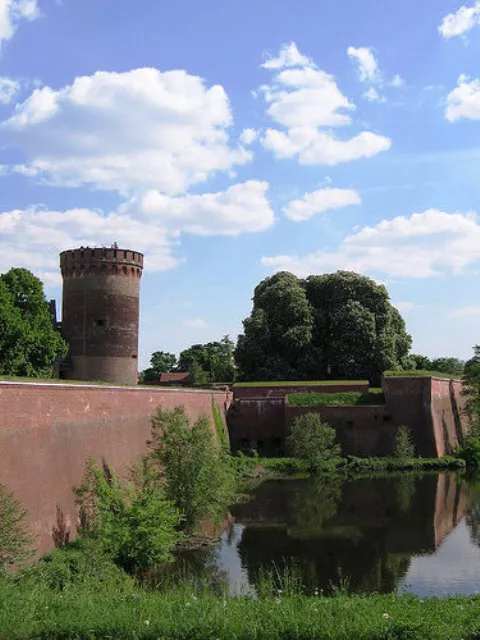1. Overview
Discover the rich history and vibrant attractions of Spandau Citadel, a stunning fortress located just a short trip from central Berlin. While this area may seem like it belongs to a different century, it is deeply rooted in the city’s past, showcasing unique architecture and events throughout the year.
2. History of the Spandau Citadel
Constructed in 1557, the Spandau Citadel has a fascinating history. Its first siege came from Swedish forces, but the most notable event was in 1806 when Napoleon’s army temporarily took control. Following the battle, the Citadel underwent extensive restoration while the surrounding area evolved, eventually merging into Greater Berlin in 1920. Subsequently, the Citadel served as a prison for state prisoners and was repurposed as a gas laboratory for military research in 1935.
During World War II, the Citadel fortifications allowed it to play a significant role in the city’s defense. The Soviets were unable to breach its walls, ultimately leading to negotiations for their surrender. Post-war, the site was under Soviet control until the division of Berlin, and despite widespread rumors, it was not used as a prison for prominent war criminals, which were located at the demolished Spandau Prison nearby.
Today, after opening to the public in 1989, Spandau Citadel stands as one of the best-preserved Renaissance fortresses, featuring the Julius Tower, which is the oldest surviving structure in Berlin, dating back to around 1200.
3. Events & Attractions at the Spandau Citadel
Visitors can stroll across the bridge over the moat to explore the impressive grounds of the Citadel, where its stunning towers and walls can be admired. The unique rectangular architecture, complete with four distinct corner bastions, is best appreciated from different viewpoints and photographs.
The former arsenal houses the Museum of Spandau, providing insights into the area’s comprehensive history. Meanwhile, the commander’s house displays a permanent exhibition focusing on the Citadel itself. Visitors can also view 70 medieval Jewish gravestones by appointment in the Queen’s bastion. Additionally, the Bastion Kronprinz hosts changing exhibitions featuring works from young artists and craftsmen, along with the occasional puppet theater.
A newly established exhibition titled “Unveiled – Berlin and its Monuments” highlights various monuments that were removed due to political changes. Outdoors, the Theater Zitadelle offers theatrical performances and hosts events in the courtyard. Guests can enjoy seasonal open-air concerts, including those at the Citadel Music Festival during the summer. On beautiful sunny days, the biergarten provides a relaxing spot to unwind (you can also explore other delightful biergartens across Berlin).
For those intrigued by nature, a visit to the bat cellar is a must. Approximately 10,000 bats make the Citadel their winter residence, allowing visitors to learn about these fascinating creatures and observe them in their natural habitat.
4. Visitor Information for Berlin’s Citadel
Address: Am Juliusturm 64, 13599 Berlin
Website: https://www.zitadelle-berlin.de/




